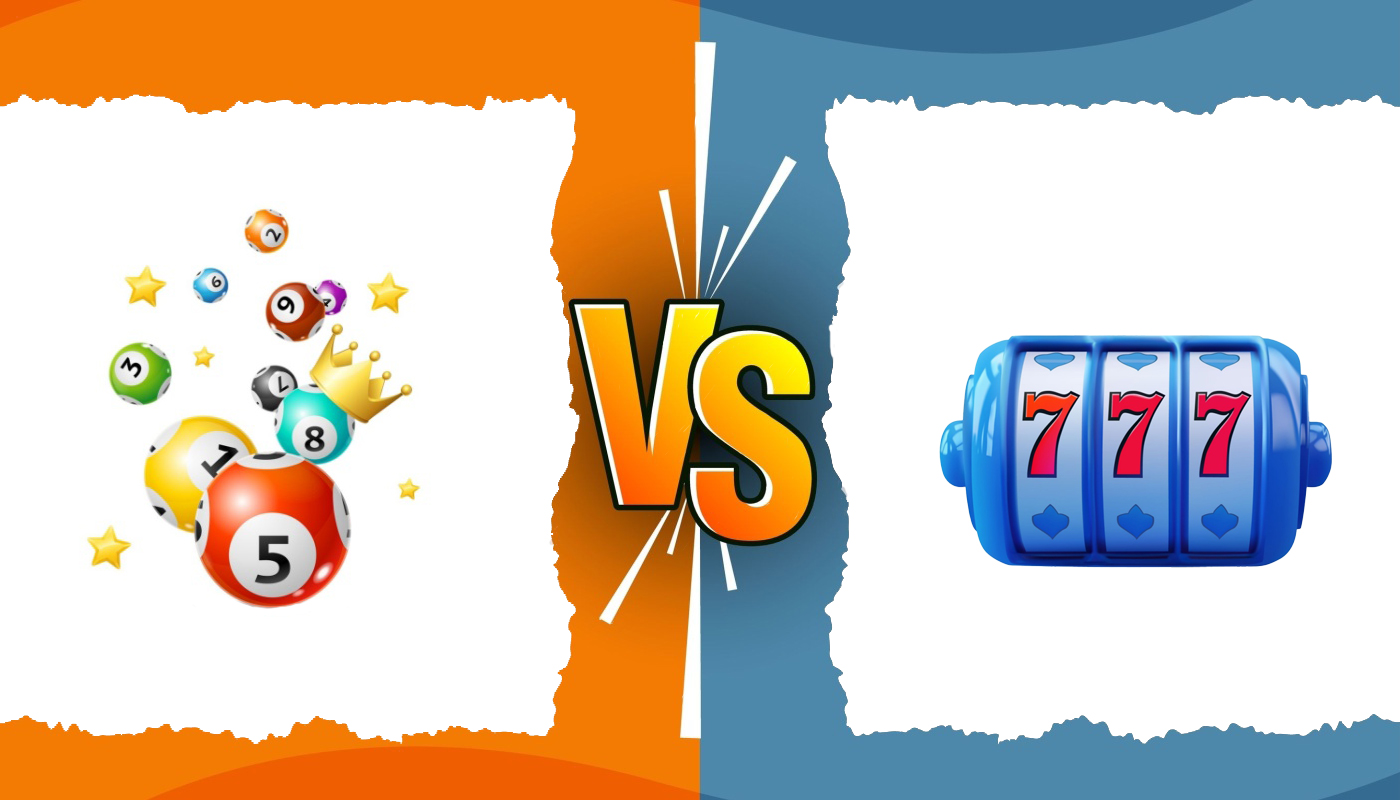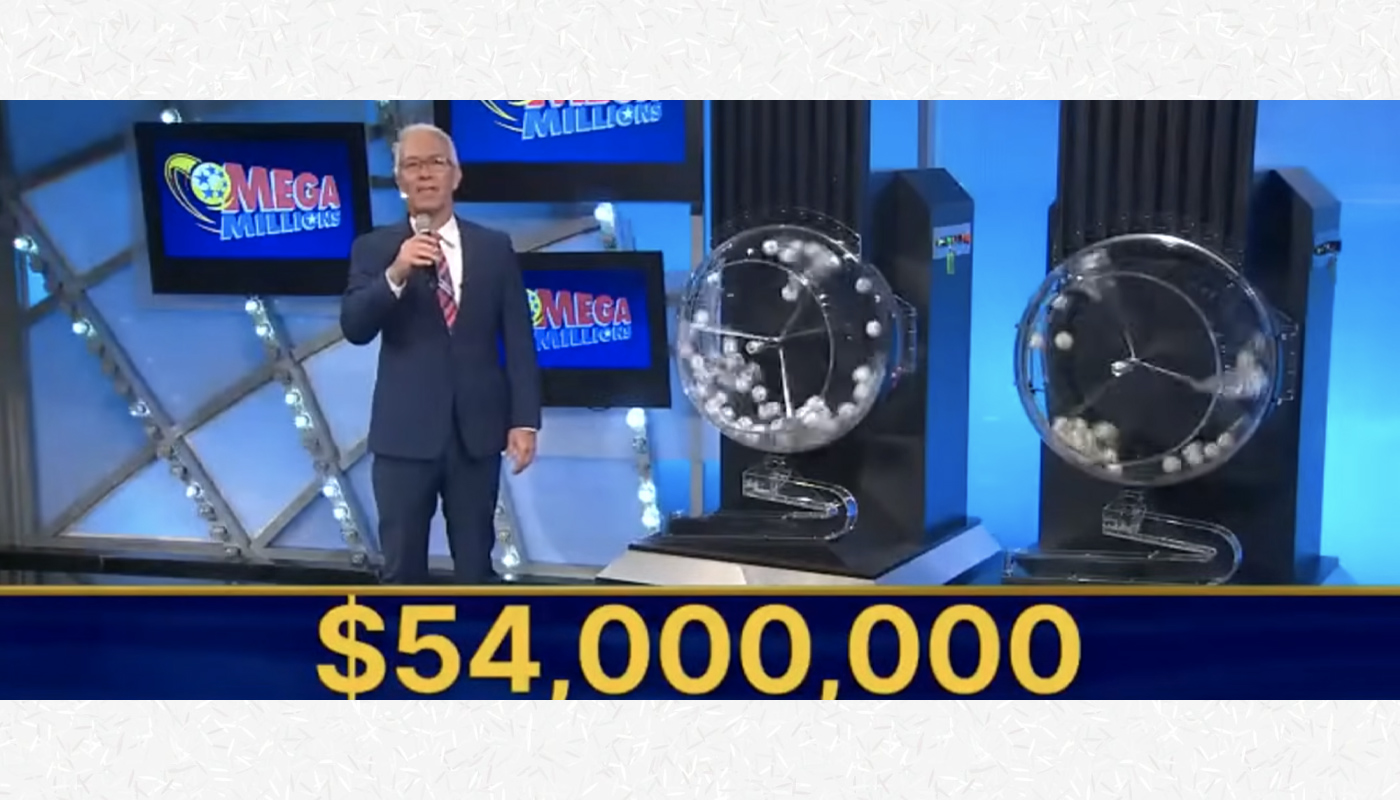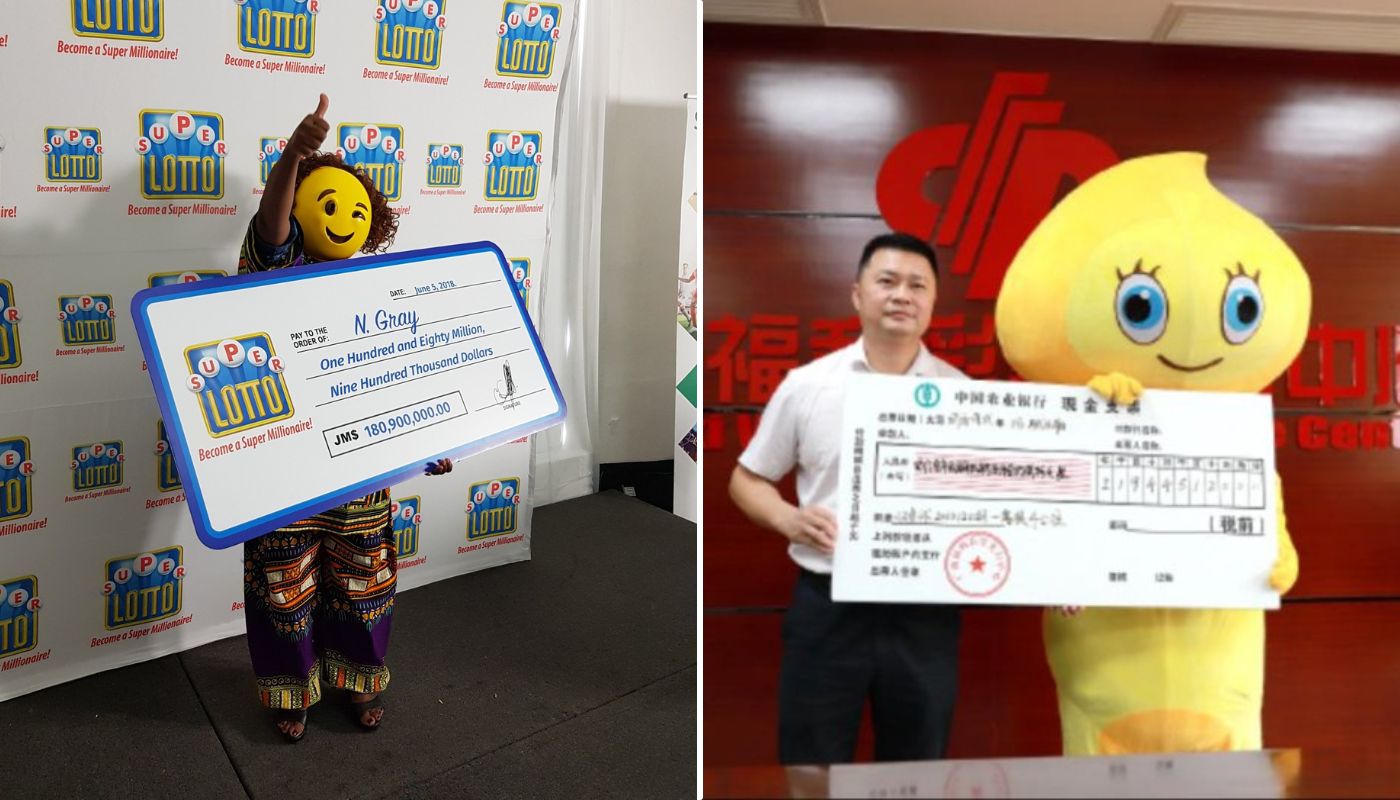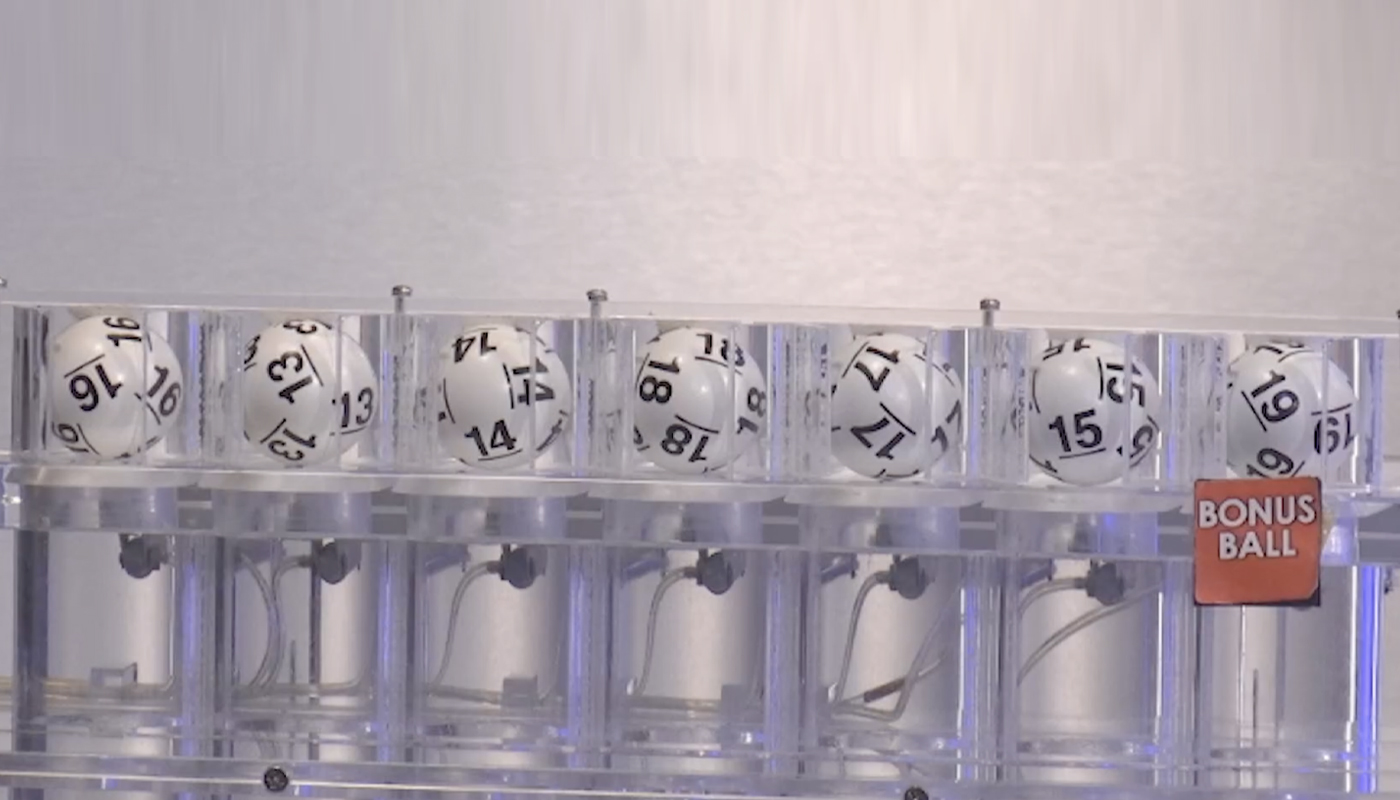
Columnist; Science and Academics
Lottery and slots have a few things in common, but even though they are both games of chance, they are more different than similar. Both are combinatorial games (meaning their outcomes are combinations of items: numbers and symbols, respectively). And they top the list of gambling games that offer the lowest odds of winning.
In this article, you will learn the nature of the probabilities associated with the two games and how the chances of winning their various prizes differ.
Prize schedule in lottery and slots
The payout schemes of the two games look different, and we must say that in slots, they are displayed in a much more attractive design than in the lottery.
Indeed, the graphic symbols that reflect the theme of a slot game form a multitude of winning combinations, which are displayed on the machine interface. Meanwhile, in the lottery, the winning rules are expressed only in words. After all, the winning outcome of a lottery consists of a few particular combinations of a single type of symbol (numbers) – two, three, four, five, or more numbers from those drawn have to match your played numbers.
Despite these differences, the payout principle is essentially the same in the two games: the more symbols of the same kind you have in the outcome (in the lottery, this means the more numbers from your played line are in the draw), the bigger the payout will be.
The main difference is technical and pertains to the payout odds.
Payout rates in lottery and slots
The term 'odds' is used in gambling with various meanings. One of them is the payout odds of a bet, that is, the factor by which the wager is multiplied to get the payout or payback in case of winning.
We must distinguish between odds as probability and payout odds. But many times, the term is used without a proper context to avoid confusion. This is why I always recommend using 'payout rate' instead of the simple term 'odds' meaning payout odds.
In slots, the payout rates are fixed and displayed on the machine for each winning combination.
In most lotteries, there are no such fixed rates, as the payout is determined as a share of the prize fund divided by the number of winners in that prize category. There are exceptions in some private lotteries and marginally in state lotteries. For this reason, we cannot actually compare the payout rates of slots and lottery for each prize category, but we can estimate roughly that for the first-tier prize in the most popular state lotteries, their payout rates exceed the payout rates of the first-tier prizes in slots. The exception is progressive jackpots. The estimation is based on the fact that the payout rate of a first-tier prize in slots rarely exceeds 10,000-to-1.
Probability in lottery and slots
Since the outcomes of both games are in the form of combinations (symbols or numbers), the probabilities of the various events related to outcomes are combinatorial. This means that the algebraic expression of such a probability consists of products and fractions between numbers of combinations. This is what the probabilities in lottery and slots have in common – their combinatorial nature.
However, the general expression of the probability is different for the two games. In the lottery, it follows a hypergeometric distribution, and in slots, a polynomial distribution. However, a common feature concerning the numerical values of such probabilities is that they decrease dramatically with the increasing of the sizes of the combinations describing the measured event. A general explanation for this behavior is that the expression of such a combinatorial probability reverts to a fraction whose denominator increases much more quickly with the sizes of the combinations than its numerator due to the combinatorial expressions showing as factors in the former.
The combinatorial math of the probability applied in games may be a bit difficult to understand for those unfamiliar with the two mathematical fields, but simple examples can be relevant to the argument above.
The multiplication power of combinations exemplified
Consider four objects (numbers, for instance). The number of ways we can arrange all these objects in a line (the number of permutations of four objects) is the product 4! = 1×2×3×4 = 24 (called factorial). Adding just one object to make five, the number of their permutations jumps to 5! = 1×2×3×4×5 = 120, while for ten objects, the factorial reaches 10! = 3,628,800.
This dramatic increase reflects the multiplication power of the combinations because the expression of a combination consists of such factorials: The number of combinations of n objects taken each k is \(C(n, k)=\frac{n!}{k!(n-k)!}\).
For instance: The number of combinations of 39 objects taken each 4 is \(C(39,4)=\frac{39!}{4!\times 35!}=\frac{36 \times 37 \times 38 \times 39}{1 \times 2 \times 3 \times 4}=3 \times 37 \times 19 \times 39=\) 82,251. Increase now the number of objects with 1:
\(\mathrm{C}(40,4)=\frac{40!}{4!\times 36!}=\frac{37 \times 38 \times 39 \times 40}{1 \times 2 \times 3 \times 4}=37 \times 19 \times 13 \times 10=\) 91,390.
The number of combinations increased by 9,139 for an increase of only one of the number of objects combined.
Probabilities of prizes in slots and lotteries exemplified
● Consider an imaginary 5-reel slots game, where each reel has 64 stops. Assume a winning combination on a payline is one holding three instances of a certain symbol and two instances of another certain symbol (say, and ). Let’s assume each reel is weighted with 8 instances of and 4 instances of , and the reels spin independently of each other. Then, the probability of such a winning combination showing on the payline after one spin is given by:
P() =\(\frac{5!}{3!\times 2!} \times\left(\frac{8}{64}\right)^3 \times\left(\frac{4}{64}\right)^2\), which is about 1 to 13,107.
● For the lottery example, let's take a 6/55 matrix and a prize category defined as hitting exactly four numbers out of the six drawn for one 6-number line played. The probability for that to happen is given by:
P(4 from 6 drawn) = \(\frac{C(6,4) \times C(49,2)}{C(55,6)}\), which is about 1 to 1,643.
For hitting five numbers, the probability changes to:
P(5 from 6 drawn) =\(\frac{C(6,5) \times C(50,1)}{C(55,6)}\), which is about 1 to 96,632.
Probabilities of the first-tier prizes in lottery and slots
The examples in the previous section are just illustrative of how the probability decreases with the size of the combinations defining the event to measure and how they come to be so low in slots and lottery. They are not very relevant for any comparison of the winning odds between lottery and slots, since there are thousands of slots versions and hundreds of lottery matrices, and various categories of prizes for each game.
Still, we can make a rough comparison of the order of magnitude of the winning odds between first-tier slot prizes or lottery jackpots.
Odds of winning base jackpots in slots
Let's first note that the winning odds in a slot game are not computable without the parametric configuration of that game. Such information is contained in the so-called PAR sheets (Probability Accounting Reports), which slots producers keep secret.
Also note that the probability of winning (that is, the probability of hitting a given winning combination as displayed on the machine in the payout schedule) is something different than the RTP, which is a statistical indicator usually made public (or at least retrievable by statistical methods) for most of the slots games. The RTP is a statistical average characterizing the overall payback of a slots game over the long run, while the probability of winning is a measure of the likelihood of occurrence of a winning combination at any spin.
PAR sheets have been retrieved by experts and researchers via legal intervention, and a few producers have made some of their PAR sheets public. From the information in the available PAR sheets, as well as other reports of retrieving probabilities associated with some slot games by statistical methods, it follows that the order of magnitude of the probability of winning the first-tier prize (also called 'jackpot,' or 'base jackpot' for distinguishing it from progressive jackpot) usually ranges between one to tens of millions to one to tens of thousands.
Here are precise figures for a few old slot games, computed by using information in their publicly available PAR sheets:
| Game | Producer | Top award combination | Probability |
|---|---|---|---|
|
Triple Blazing 7s |
Bally Gaming |
DJ DJ DJ |
1 to 262,144 |
|
Blazing Sevens |
Bally Gaming |
DB DB DB |
1 to 549,250 |
|
DJ Diamond Line |
Bally Gaming |
B7 7D B7 |
1 to 37,144 |
|
Red, White & Blue |
IGT |
R7 W7 B7 |
1 to 262,144 |
|
Cleopatra |
IGT |
CCCCC |
1 to 16,605,000 |
| DJ – Double jackpot, DB – Doubler, B7 – Blazing seven, 7D – Double blazing seven blank, R7 – Red seven, W7 – White seven, B7 – Blue seven, C – Cleopatra. | |||
Odds of winning progressive jackpots in slots
Everything is secret in slots. This includes the algorithm by which a progressive jackpot is triggered, either on a standalone machine or a network of progressives and either on unlimited or must-hit-by progressives.
Therefore, we cannot compute the winning probabilities for the base jackpot or other prize on a machine if we don't know the game's parametric configuration. We will not be able to calculate the probability of winning a progressive jackpot either as long as we do not know its releasing algorithm.
A widely-circulated number for that probability is 1 in 50 million as an average. I have no idea on what hypotheses such an estimate would have been made, but I don't see much of its relevance either, as long as the probability of hitting the base jackpot varies on such a wide range across the slot games.
For a per-win progressive (a condition for triggering the progressive jackpot is to win the base jackpot), we have that P(Jp) = P(Jb) x P(T), where P(Jp) is the probability for the player to hit the progressive jackpot, P(Jb) is the probability for them to hit the base jackpot, and P(T) is the probability that the algorithm will trigger the jackpot for that win.
Just as an exercise, consider P(Jb) the highest probability in our concrete examples in the previous section, namely 1 to 37,144. There is no reason to believe that P(T) will be lower than one to tens of thousands as an order of magnitude, especially for unlimited progressives. This yields a probability P(Jp) in the order of one to hundreds of millions.
A more precise calculation is when we consider a must-hit-by progressive system. Assume in our exercise the same slot game with a 1 to 37,144 probability of the base jackpot and $1,001 - $4,000 as the meter limits. Assume that the algorithm randomly chooses a meter level to trigger the progressive jackpot over the uniform distribution of the integers within the meter range. We have 3,000 such numbers, so P(R) = 1/3,000. Then, P(Jp) = (1/37,144) x (1/3,000) = 1/111,432,000.
Odds of winning a lottery jackpot
Unlike slots, in the lottery, all probabilities are computable because the design of the game is transparent.
The probability of winning a certain prize in a given lottery with one played line is simply the ratio between the number of number combinations associated with that prize and the total number of possible combinations from all those lottery numbers. The general formula for this combinatorial probability is:
P(m, n, p, w) = \(\frac{C(p, w) \times C(m-p, n-w)}{C(m, n)}\), where m is the total number of numbers in the urn, n is the size of the draw, p is the standard size of a played line (in most of the lotteries p = n), and w is the number of numbers defining the event to be measured (exactly w numbers are hit out of the n drawn). For most of the lotteries, the first-tier prize is won when hitting all the drawn numbers (w = n).
The odds of winning the jackpot differ dramatically from one lottery to another, and actually we have a wide range for them as we have in slots. I will limit my examples to three of the most popular lotteries worldwide: Mega Millions, Powerball, and 6/49.
Odds of winning Mega Millions
In the Mega Millions lottery, numbers are drawn from two urns – five numbers from 1 to 70 (the white balls) and one number from 1 to 25 (the gold Mega Ball). You win the jackpot if you hit all six numbers drawn.
There are C(70, 5) = 12,103,014 possible combinations for the white numbers, which have to be multiplied by 25 (the number of possibilities for the gold ball) to get the number of all possible combinations for the entire draw, which is 302,575,350. Then, the probability of hitting all six numbers drawn (one single combination) is 1 to 302,575,350. Written as a decimal number, it looks like this: 0.000000003304961.
The odds of winning the next categories of prizes are much higher but still very low: 1 to 12,607,306 for hitting the five white numbers; 1 to 931,001 for hitting four white numbers and the gold ball; and 1 to 38,792 for hitting four white numbers.
Odds of winning Powerball
This lottery is very similar to the Mega Millions lottery. There are five white numbers to be drawn from 1 to 69 and one (red) Poweball number from 1 to 26.
The grand prize, aka the jackpot, is won by hitting all six numbers drawn and has a probability of 1 to 292,201,338, that is, 0.0000000034222297. Hitting all five white balls has a probability of 1 to 11,688,053; hitting four white numbers and the red number has a probability of 1 to 913,129; and hitting four white numbers has a probability of 1 to 36,525.
Odds of winning at the 6/49 lottery
In this lottery, 6 numbers are drawn from 49, and a line to play consists of six numbers. To win the top prize, a player must hit all the six numbers drawn. The number of all possible number combinations is C(49, 6) = 13,983,816, so the probability of winning the first-tier prize with one played line is 1 to 13,983,816. For hitting five numbers, the probability is 1 to 54,201, and for hitting four numbers it is 1 to 1,032 ( a “very good” one in a lottery!).
Comparisons and conclusions
We saw astronomical numbers in some of our examples as numbers of combinations. They turn into microscopic odds of winning jackpots, for either lottery or slots.
Sometimes, we have such tiny odds of winning even for lower categories of prizes. Yet those huge numbers explain why the amounts of such prizes in the most popular lotteries, such as Mega Millions and Powerball, are in the order of millions or tens of millions of dollars – the lower the chances, the fewer people are declared winners, and the higher their share of the prize fund. This fact reminds us that slots and lottery are two very different games, and the criteria for choosing between them are not limited to odds.
For instance, slot players don't “benefit” from tiny chances of winning any prize as do lottery players, in the sense that their prizes are fixed (except for the progressive jackpots). In regard to increasing their chances of winning, both lottery and slot players can only do that by playing more lines or spinning many more times, respectively, with no other strategic effort.
However, an additional spin in slots means a new round of playing that game, while the lottery is about the same round.
The odds of winning the jackpots in lotteries like Mega Millions and Powerball, in the order of one in hundreds of millions, are only comparable to the odds of winning a progressive jackpot in slots. Most of the base jackpots in slots remain comparable (in order of magnitude) with the odds of winning second to third-tier prizes in many lotteries.
As for other categories of prizes (except the jackpot) in slots, we can only say that they approach (within a certain range) the odds of various categories of prizes in some lotteries. A precise comparison cannot be made, as the slots' odds of winning are not computable, but we can base our estimation on the fact that the payout rates (visible) and probabilities (hidden) of the various prizes are more or less kept proportional in a given slot game.
Overall, lotteries and slots offer the lowest odds of winning and the highest prizes among the gambling games if talking about progressive jackpots in slots and first-tier prizes in the lottery. The various comparisons we can make between these odds are not standalone criteria for choosing the games, as they are related to other factors that contribute to the popularity of these games.
Yet they give us insights into the math behind these games and contribute to playing them informed.


















Comments